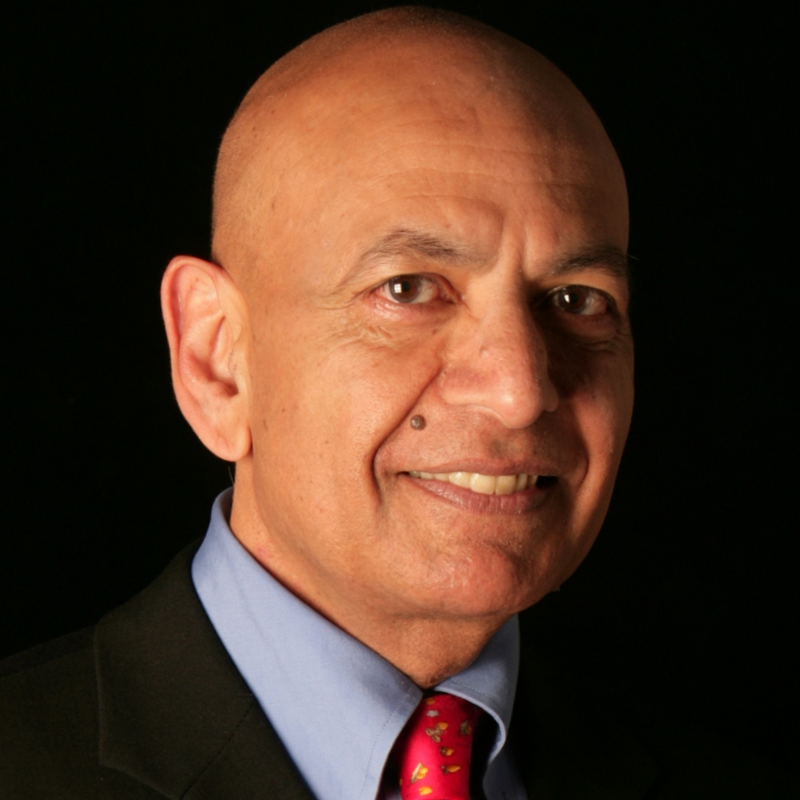Technology Leadership and Governance
PROGRAM DETAILS
Duration: 25-30 hours of content
Format: 100% Online
Tuition: $3200 (Discounts available for alumni, federal employees, and veterans)
Email us for more information about discounts.
Program Overview
In this executive certificate program from the University of Maryland Robert H. Smith School of Business, you will learn to think and plan like a Chief Technology Officer, Chief Innovation Officer, or Government Technology Program Executive. Discover leadership techniques from the Technology Development and Adoption Continuum using public and private sector case studies, interactive exercises, and community discourse.
In 25-30 hours, conclude with not just a certificate, but also a ready-to-send Memo on Technology Leadership and Governance for your enterprise.
Who Should Take This Course?
C-suite leaders and directors who are driving tech innovation and strategy, preparing their organizations for the latest digital trends and disruptions. It is also appropriate for consultants who need to be up-to-speed on the latest technologies and business applications to offer superior solutions to clients.
Valuable Outcomes
- Review the process for designing, engineering, testing, and commercializing new technology.
- Identify enterprise tech requirements and best practices in risk management.
- Create market and mission strategies for emergent tech.
- Model and manage the ethical implications of new tech.
Program Topics and Objectives
Curriculum Introduction and Themes
- Charting the journey from an idea or a discovery to everyday use
- Technology Readiness and the role of science, business and governance
- The Technology Development and Adoption Continuum
The Business of Technology
- What is Technology
- Adoption / Foster’s S Curve
- Technological Expansion and Progress
- How Technology Meets New Users
- Tech Markets and Their Narratives
Leading Technology Development and Diffusion
- The Role of a Chief Innovation Office
- Public, Private, and Partnership Models of R&D
- Investment in Pre-Competitive Technologies
- Timing
- Patents and Intellectual Property
Technology and the Law in the United States
- Where Tech and Law Meet
- The United States Legal Structure
- Understanding Negligence
- Rights of Privacy
- The Role of Contracts
- Protecting Intellectual Property
Bridging the Gaps Between Technology and Technologists
- The Building of Business Tech Ecosystems
- Tech Enterprise Leadership and Architecture
- The Role of Systems Implementers and Engineers
- Translating Tech Solutions into Tech Deliverables
- How Business Professionals Help Put It All Together
Managing Risk in Technology Systems
- Thinking About Risk Systemically / Enterprise Risk Frameworks
- Identifying Threats Part 1: Threat Actors
- Identifying Threats Part 2: Likelihood
- Measuring Impact Part 1: Primary and Secondary Effects
- Measuring Impact Part 2: Second-Order and Societal Effects
- Developing a Plan to Assess, Monitor, and Respond
Ethics and Governance of Emergent Tech
- Regulating Undesirable Behavior: A Conceptual Framework (as applied to AI)
- Hallucinations: Technical design features can be hard to regulate
- Biases: Technical bugs may be hard to foresee
- Copyright Violations: Secondary effects can emerge with adoption
- Deepfakes: Deleterious actors can cause societal harm
Format & Structure
This is an asynchronous, self-paced online course that takes approximately 25-30 hours to complete. Activities include video lessons, readings, and self-reflection exercises. After most videos and readings, you'll find ungraded review questions to help you assess your understanding before proceeding.
The Technology Leadership and Governance Executive Certificate Course provided me with foundational learning in the business of technology development and considerations for the delivery of technology solutions to market, in an easily consumable format with engaging, thought-provoking content. I highly recommend this course to anyone interested in learning the fundamental aspects of the interplay between technology and business, especially those in STEM career fields. You will not be disappointed!
Smith Faculty

Judy Frels

Brent Goldfarb

Joseph P. Bailey

Justín Marcos Reyna

Anil K. Gupta